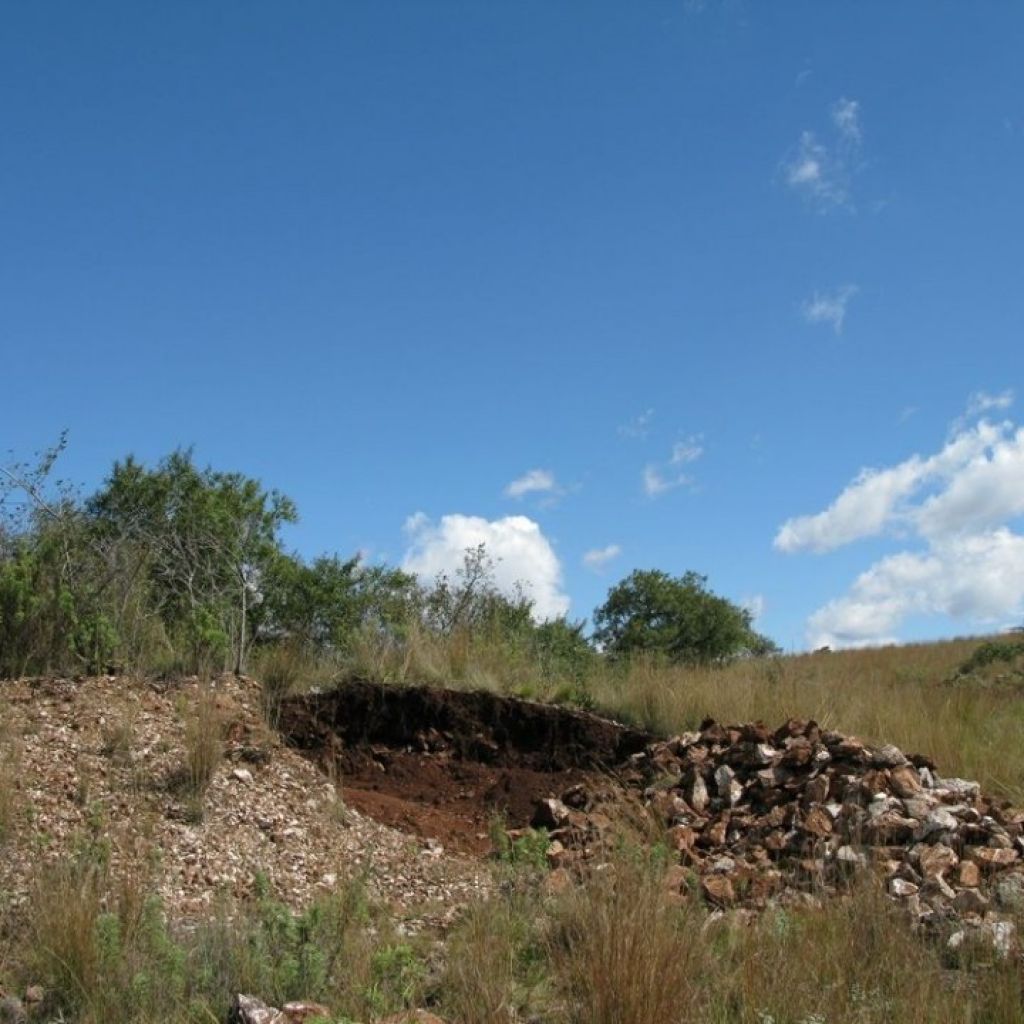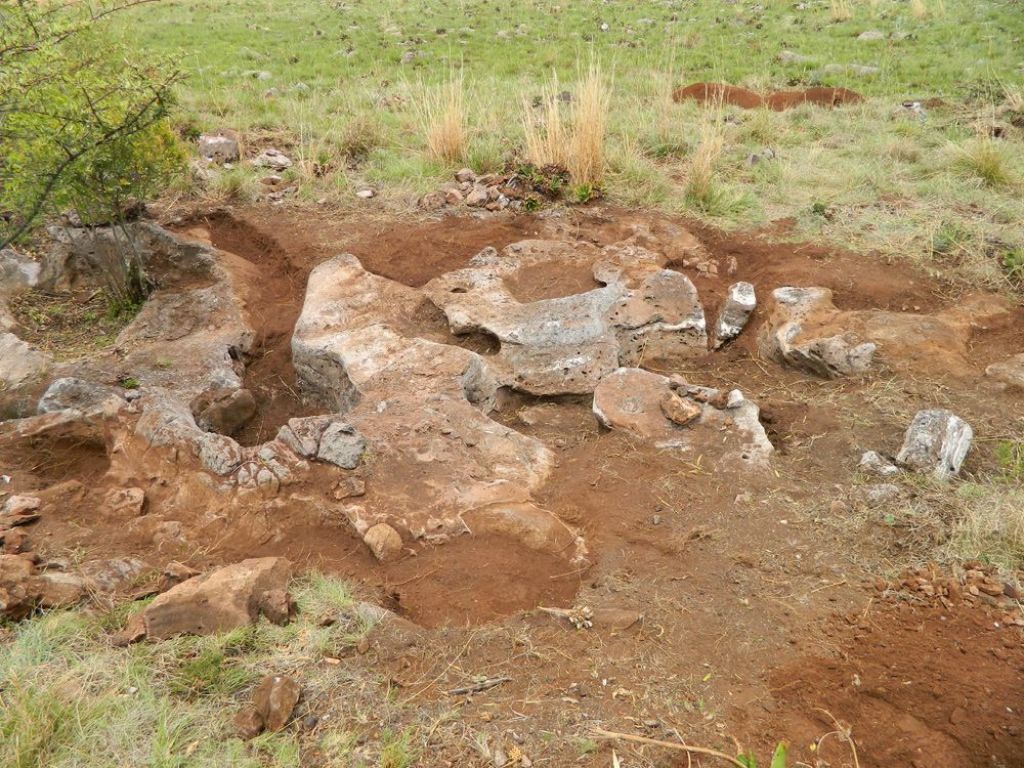Fossil sites in the Cradle of Humankind – Bolt’s Farm
Around 40% of the world's known hominid fossils have been unearthed in the Cradle of Humankind World Heritage Site, earning it UNESCO World Heritage Site status in 1999.
It is thanks to these fossil sites, in which the dolomitic conditions were just right for fossil preservation, that we have an understanding of humankind’s journey to humanity and the evolutionary trajectory that led us to where we are today.
In this series of blogs we profile a selection of sites within the Cradle and highlight the prominent discoveries made at each of these areas of discovery.
Bolt's Farm

Bolt’s Farm is a fossil site within the Cradle of Humankind that consists of some 20 caves; it is well known for its wealth of animal fossil deposits.
Since Dr Robert Broom first found evidence of fossils here in 1936, the site has yielded unprecedented amounts of big cat and sabre-tooth cat remains.
Bolt’s Farm is the first place in Africa where partial fossils of ancient big cats have been found. To date only one hominid fossil has been found on the site – that of a single hominid tooth … and nobody knows where it came from, or how it got there.
Other animal fossils discovered in the area include elephants, pigs, antelopes and rodents. One rodent fossil was aged at 4.5-million years old, making this the oldest fossil deposit in the whole Cradle of Humankind World Heritage Site.

Do you have photos of the Cradle you’d like to share? Join our Flickr group!